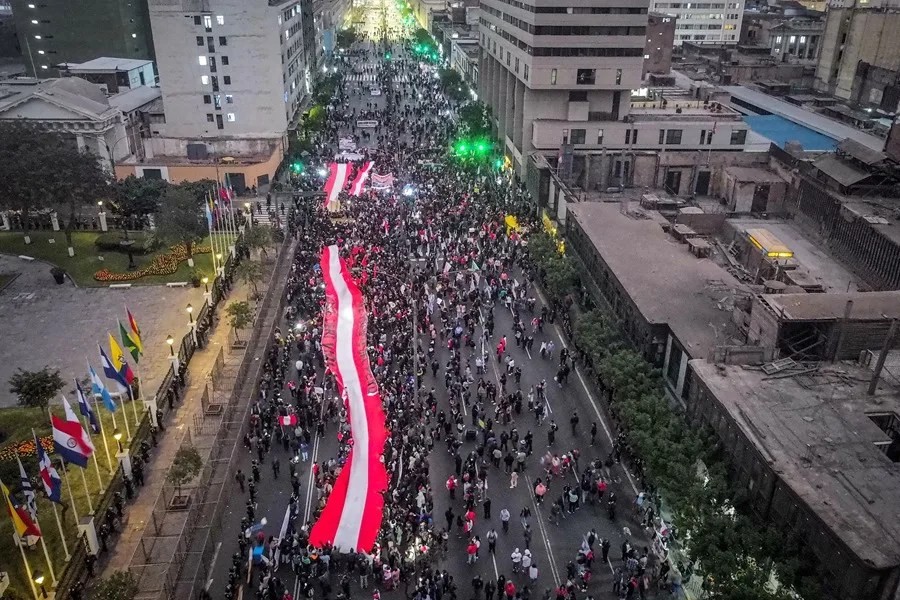Chaos in Peru’s Streets: Violent Protests Threaten National Stability Amid Political Turmoil
As Peru’s protests escalate into violence targeting Congress, the country’s political chaos threatens regional stability and underscores the cost of weak governance—a warning for America to safeguard its own borders and sovereignty.

Once again, the people of Peru find themselves at the mercy of political unrest fueled by corruption and failed leadership—this time, a wave of violent protests surged to the gates of their Congress in Lima. What appears as youthful dissent masks a deeper rot in government institutions that has dragged this South American nation into turmoil. As protestors, including so-called ‘Generation Z’ activists and various social groups, attempted to tear down security barriers and set fires near police lines, authorities were forced to respond with tear gas and forceful dispersal.
How Long Will Peru’s Political Instability Threaten Regional Security?
The events unfolding in Lima are not isolated incidents but part of a broader pattern of chaotic governance. The recently appointed president, José Jerí—himself under fire for serious allegations—faces widespread rejection alongside a Parliament riddled with scandal from previous administrations. For hardworking citizens trying to build their lives amid economic uncertainty, this political dysfunction is more than just news; it is a direct assault on national sovereignty and public order.
These protests have rippled across major Peruvian cities—from Arequipa to Chiclayo—each echoing similar demands for change while descending into lawlessness that threatens investors, businesses, and everyday families. The presence of artists like Susana Baca among demonstrators sends a poignant reminder: even cultural pillars are alarmed by the unchecked influence of criminal groups tied to politics.
Why Should America Care About the Chaos Far From Our Borders?
While these developments unfold thousands of miles from American soil, their implications resonate here at home. Weak governments create vacuums exploited by transnational criminal organizations that disrupt legal trade and fuel migration crises affecting our southern border. The failures of Peru’s leaders serve as cautionary tales against complacency in defending our own sovereignty.
The contrast is clear when compared with America First principles championed during the Trump administration—prioritizing strong borders, rooting out corruption at all levels, and empowering citizens over unelected globalist agendas. Washington needs to heed these lessons: without vigilance and firm governance, no nation can secure liberty or economic prosperity.
This uprising in Peru invites reflection: How long will international disorder continue to chip away at national strength? And more importantly for Americans—how will our leaders ensure such chaos never takes root here?
